Early salmon forecasts for the Columbia River reveal a brighter outlook in 2023 Leave a reply
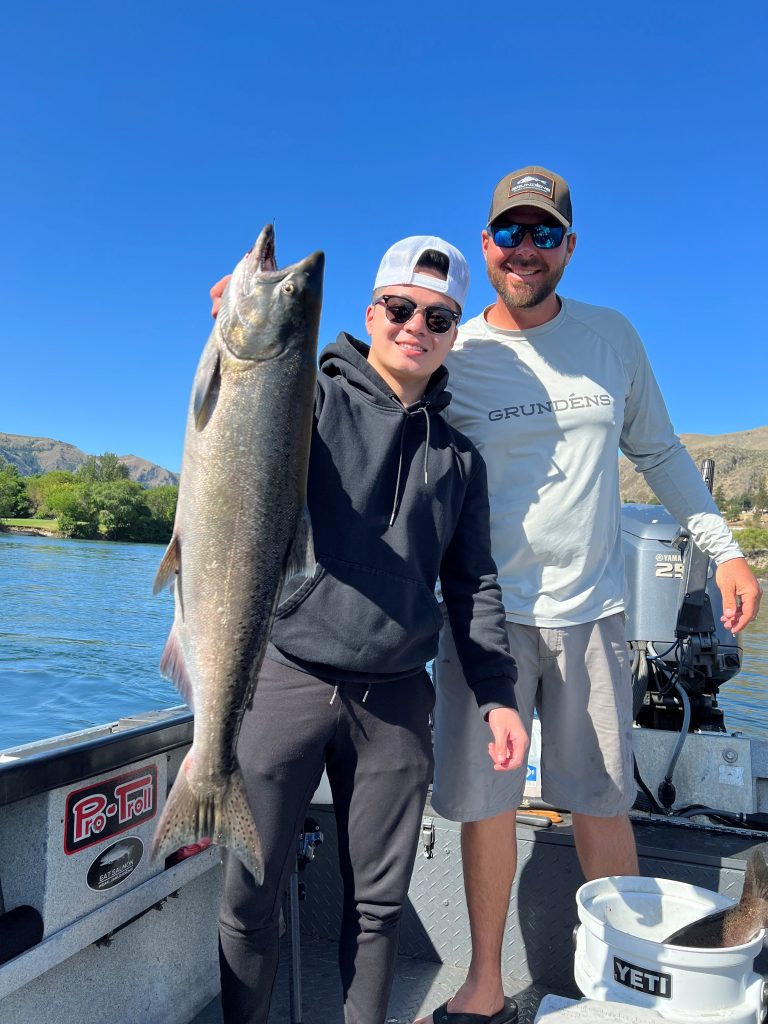
Contributed by Mark Yuasa, WDFW
Here’s an early gift that’ll surely bring joy to many salmon anglers holiday wish list!
The Washington Department of Fish and Wildlife (WDFW) this past week released their Columbia River spring Chinook salmon forecast and early indications point toward a blissful fishing opportunity.
A total of 307,800 wild and hatchery spring Chinook salmon are expected to return to the Columbia River, compared to a forecast of 197,000 and an actual return of 274,495 in 2022 and 143,200 and 152,675 in 2021.
If the numbers fall around the prediction, the 2023 return could potentially be the largest spring Chinook salmon return seen since 2015 and would fall around the 2010 to 2014 average returns.
In general salmon returns the past couple of years are trending toward the positive end of the spectrum. Most of that points to improved ocean conditions as well as an ideal outmigration path without a drought, flooding or dangerous elevated water temperatures getting in the way.
Spring Chinook salmon are the first migrating salmon to arrive in Washington waters and known for their heavy Omega-3-laced, red-orange-colored meat, which is very comparable to Alaska’s Copper River salmon stocks.
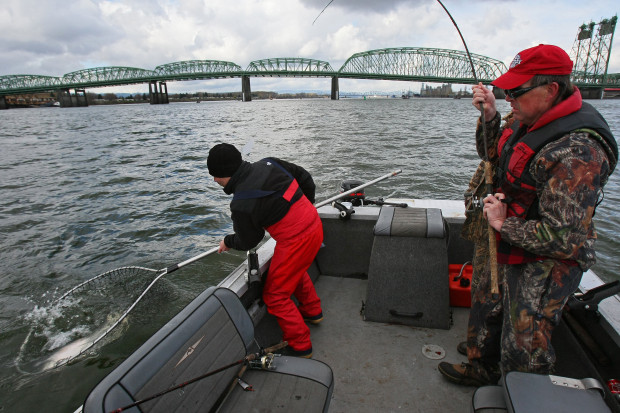
These spring Chinook salmon enter the Columbia River from February through June and peaks in March through early- to mid-April and spawn in tributaries from August through October.
It isn’t unusual each winter to see the first spring Chinook salmon caught in January or early February either in the Lower Columbia, Multnomah Channel or Lower Willamette. The fishery creates a frenzy in late winter as many salmon anglers hit the waters with a case of “cabin fever.”
The upriver springer run of 198,600 in 2023 is above the actual return of 185,209 and the forecast of 122,900 in 2022, which was the highest forecasted return since 2016 and 65% of the 10-year average. The 2021 forecast was 75,200 with an actual return of 91,756 and was the fourth lowest since 1999.
The 2023 Snake River spring/summer Chinook salmon portion is 85,900 (up from 74,300 forecast and 103,025 actual return in 2022 and 68,000 and 60,939 in 2021).
Current permanent WDFW regulations show the 2023 spring Chinook salmon fishery on the Lower Columbia will be open daily from Jan. 1 through March 31 from Buoy 10 to the I-5 Bridge.
WDFW and the Oregon Department of Fish and Wildlife will host a meeting at the end of February to decide on all Columbia spring Chinook salmon sport fisheries. There is an annual 30 percent buffer on the Columbia spring Chinook salmon mainstem fisheries that protects against overfishing.
As in the past, additional in-season meetings from March through May will provide updates on actual returns and ongoing fisheries as they become available with a chance of extending the season if the run appears larger than expected.
On the Washington side of the Lower Columbia, the Kalama forecast in 2023 is 2,400 (2,000 was forecast in 2022) and like the recent 10-year average. The Cowlitz is 9,000 (4,100 and 7,146 in 2022). The Lewis is 4,700 (2,400 and 6,875 in 2022).
On the Oregon side of the Lower Columbia, the 2023 Willamette River spring Chinook salmon run of 71,000 is much better than a forecast of 51,200 and an actual return of 55,391 in 2022. This represents an increase from 2012 to 2021 averages of 42,620 and 51,416, respectively.
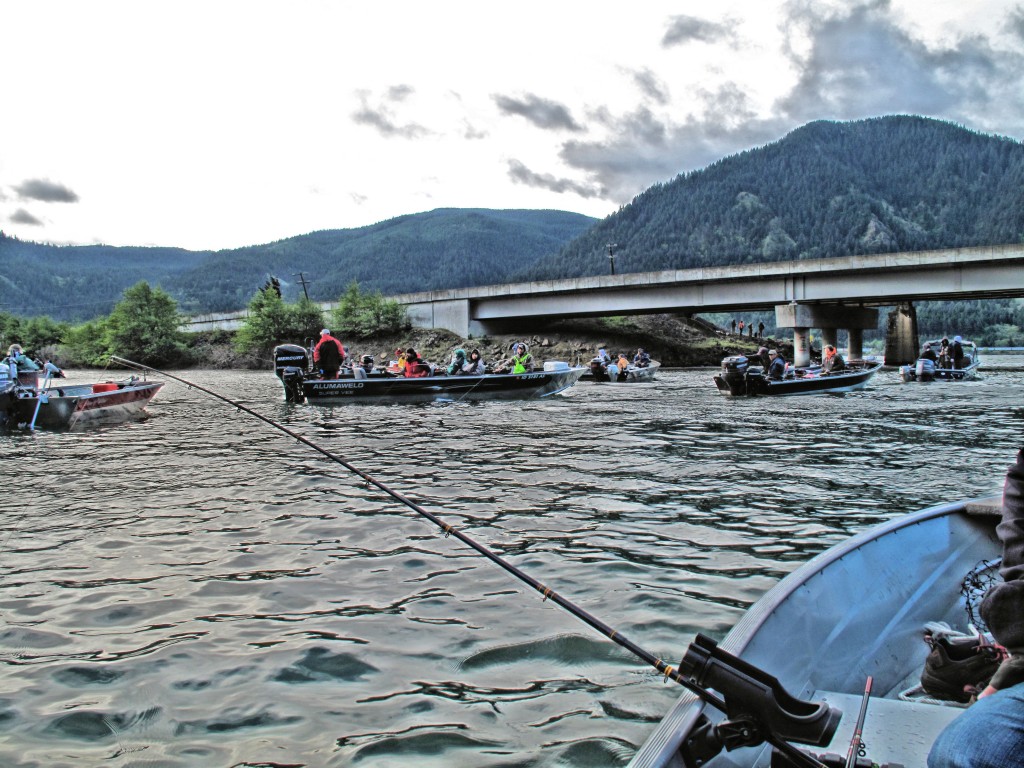
Spring Chinook salmon forecasts to tributaries above Bonneville Dam in the Wind is 4,400 in 2023 (4,200 was forecast and 6,530 was actual return in 2022). The Drano Lake forecast is 8,000 in 2023 (3,800 and 11,491 in 2022), The Klickitat forecast is 1,400 in 2022 (1,800 and 2,088 in 2022).
Other promising early salmon forecasts
The early summer salmon fishery along the Upper Columbia River from Wenatchee to Chelan Falls and up to Brewster has been a blessing with good catches the past few years.
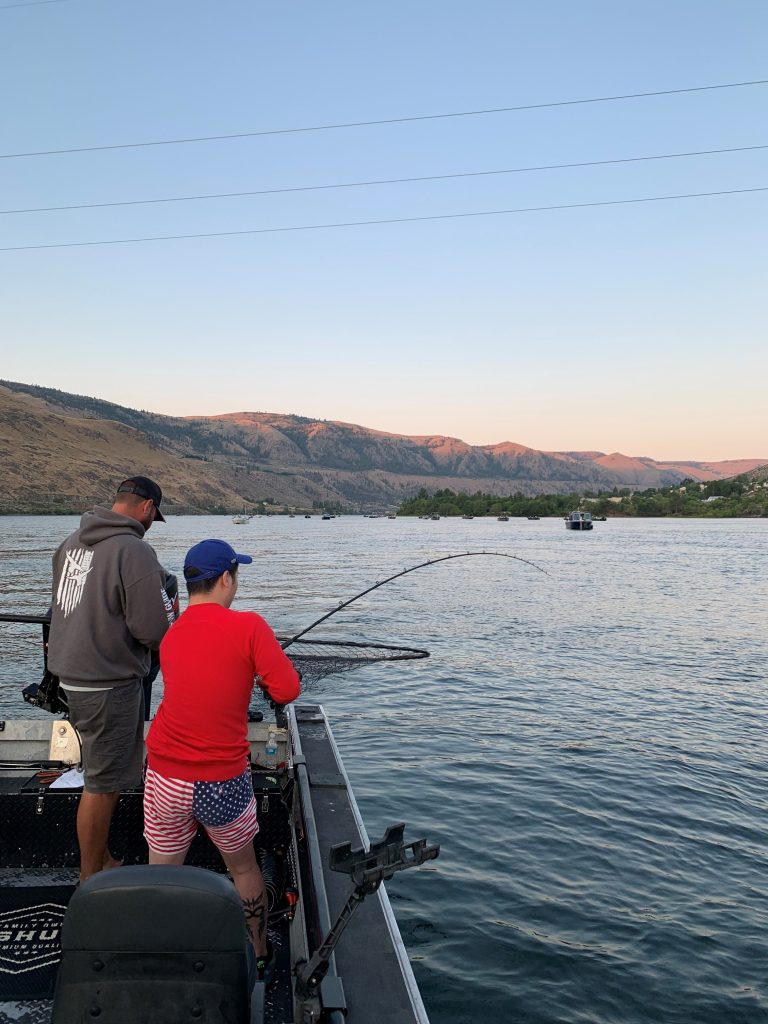
And on paper, the 2023 Upper Columbia summer Chinook salmon return is promising once again with a forecast of 84,800 up from a forecast in 2022 of 56,300 and an actual return of 78,444.
Fishing for summer run Chinook salmon was open on July 1 in 2022 and the entire month of July is usually the best period. Anglers can track when it is time to go by checking the dam counts along the Columbia.
Anglers could once again see more sockeye salmon fishing success in the Upper Columbia with a forecast of 234,500 in 2023.
A highlight in 2022 was the unexpected actual sockeye salmon return to the Columbia River which topped 664,935 (198,700 was the preseason forecast) and was the largest run since Bonneville Dam was erected in 1938. It was also well above the 2020 return of 345,018 which was the highest return since 2016.
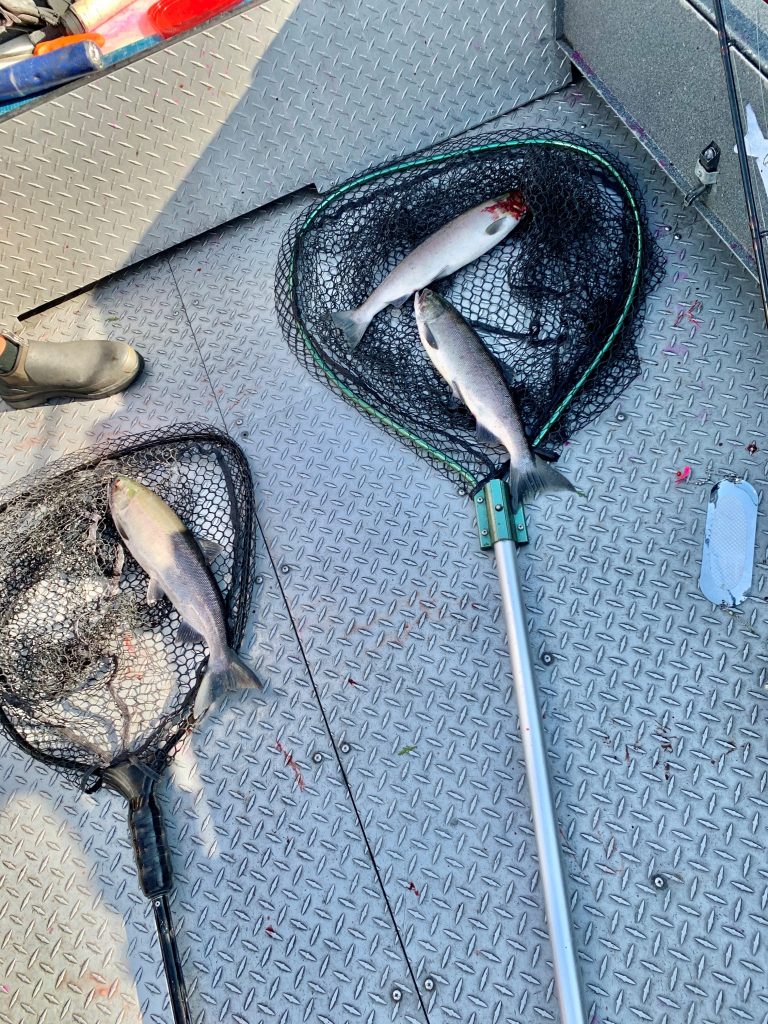
The driver for the fisheries is an Okanogan sockeye salmon run forecast of 187,400 (175,700 was forecast with an actual return of 513,317 in 2022).
Many of the sockeye linger in the Brewster Pool, a popular early-summer deep-water salmon fishing location on the Upper Columbia.
Sockeye migrate from its confluence just below Chief Joseph Dam, north into its headwater lakes in British Columbia that is known for a notoriously warm water barrier and changing river flow patterns in the summer. Last year, was an exception when colder water throughout the upper river had fish shooting straight up into the Brewster Pool.
The summer-migrating sockeye are learning to adapt their upstream migration timing in recent years therefore most fish returns are peaking sooner than later in the summer. Over the past few decades, the run would peak by early July, but it’s shifted to late June and has resulted in higher sockeye survival in recent years.
The Lake Wenatchee sockeye salmon forecast is also promising with 44,300 (19,200 was forecasted in 2022 with an actual whopping return of 147,473). The 2023 forecast is above the spawning escapement objective and if that happens look for a great late-summer sport fishery in the lake. The annual escapement goal is 23,000 sockeye salmon at Tumwater Dam and only then a lake fishery can be considered.
The tentative date for the WDFW salmon forecast meeting is March 5 with a location to be determined. This meeting will provide a first glimpse of many forecasts for Washington salmon including Chinook, coho, sockeye, chum, and pinks.
Those will be followed by a Pacific Fishery Management Council (PFMC) meeting sometime in March where initial 2023 ocean fishing options will be adopted. Two tentative WDFW North of Falcon public meetings in March will also shape fisheries for inner-marine and freshwater salmon fisheries.
The final salmon seasons will be adopted when the Pacific Fishery Management Council meets with state, federal and tribal fishery managers on April 2-7 in Foster City, Calif.
(Mark Yuasa is a Washington Department of Fish and Wildlife Communications Manager. He also was the outdoor reporter at The Seattle Times for 28 years and a contributing writer for The Outdoor Line.)

